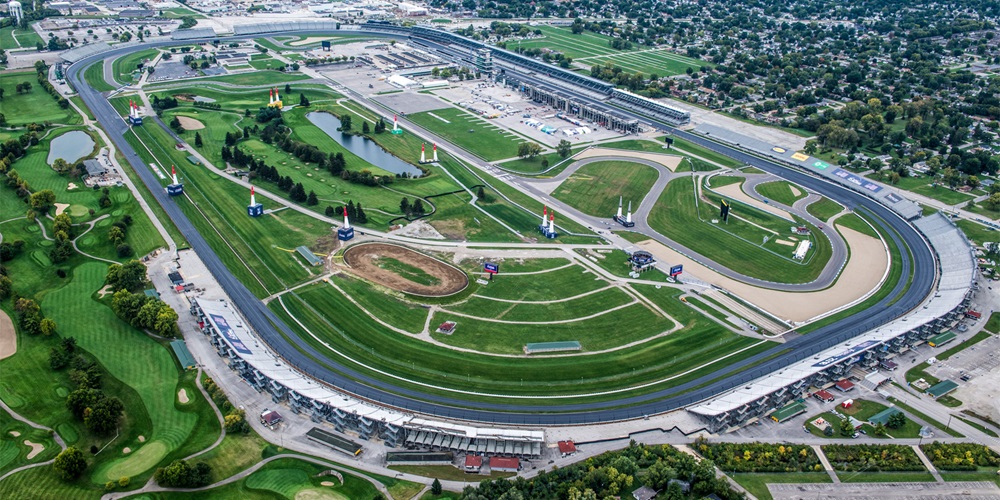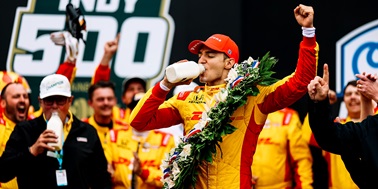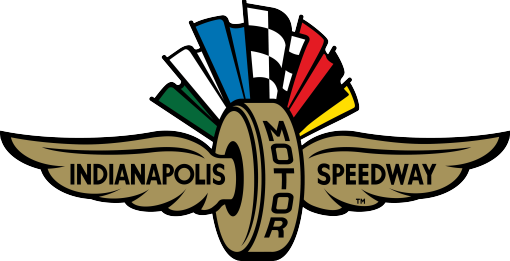For the first time this season the pilots will enter the racetrack with previous knowledge of how to fly the best lines as the 2018 track is the same as last year. So the pilots that performed well last year will have a slight advantage, but as the pilots say: "Anything can happen on Race Day."
The circuit is 4.7km with 19 gates over 2.5 laps with a standing start, so there's a lot for the pilots to focus on. "This track is special in many ways," said our analyst. "Beginning with the static start, the timing starts at Gate 1 and the predicted speed for entrance into the track is 135-140kts."
This means that until the pilots reach the first Vertical Turning Manoeuvre (VTM) they will want to make as few inputs as possible to collect as much speed as possible. It will feel sluggish for them at first as they will be down on speed but the more control movements they make, the more drag they create and won't get that all-important speed.
Our specialist has identified two sections of the track that could prove to be the difference between winning and losing. The first is the VTM and the heading into the next gate. "The track is quite tricky – especially the part from Gates 5, 6 and 7," said our analyst. "The pilot has to ensure they are vertical before turning or they will incur a penalty for an 'incorrect VTM'. This gives them two options on how they can fly the track. Option A is to turn towards Gate 6 when the nose of the raceplane points to the ground – this is the less risky line concerning the 'incorrect VTM'. Option B is for the pilot to start their turn towards Gate 6 when the nose is pointing to the sky – this is the quicker racing line, but also combined with a higher risk of an incorrect VTM penalty," he explained.
For the pilots to get the best racing line at Gate 2 they will have to create a setup turn. "We'll be able to tell if the pilot in the track will set a fast lap time as early as the second gate," said our analyst. "If we watch how the pilot flies into the gate we'll be able to tell. The more the nose of the raceplane is pointing to the left – the quicker the pilot will be," he explained.
Our insider also offered one little gem of advice for the pilots before today's Free Practice sessions: "The pilots will have to be careful around the track as there are three safety lines close to the optimum racing line."
The pilots will enter the 2018 Indianapolis racetrack for the first time today for Free Practice 1 and 2.
Analyst's First Thoughts on the Indy Track

For the first time this season the pilots will enter the racetrack with previous knowledge of how to fly the best lines as the 2018 track is the same as last year. So the pilots that performed well last year will have a slight advantage, but as the pilots say: "Anything can happen on Race Day."
Latest News
View All News
No. 1: IMS Filled to Brim in Rare Indianapolis 500 Sellout
The Penske Entertainment editorial staff is looking back at the 10 biggest moments of 2025 at Indianapolis Motor Speedway in this year-end series, with one installment appearing on the site per day in countdown fashion from Dec. 22-31.

No. 2: Alex Palou Earns Signature First Oval Victory at Indy 500
The Penske Entertainment editorial staff is looking back at the 10 biggest moments of 2025 at Indianapolis Motor Speedway in this year-end series, with one installment appearing on the site per day in countdown fashion from Dec. 22-31.

No. 3: Robert Shwartzman Shocks Sports World with Dramatic Indy 500 Pole
The Penske Entertainment editorial staff is looking back at the 10 biggest moments of 2025 at Indianapolis Motor Speedway in this year-end series, with one installment appearing on the site per day in countdown fashion from Dec. 22-31.
